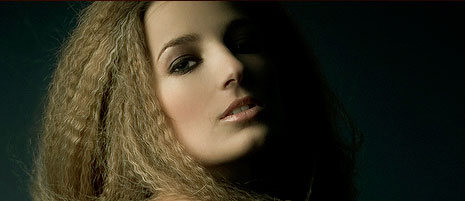Flash Photography
A flash is needed in photography where there is an absence of sufficient natural or artificial light, or when the lighting may be adequate but details of the object need more definition.
There are several different types of flash a photography can choose from. . Many cameras have flashes built in, and an easy setting on the camera will activate the flash. Photographers should take care when using built-in flashes. These can shine a harsh light onto the subject, sometimes causing an over-accentuation of light, shadows, or embellishment of details. These kinds of problem can be avoided with a change of positioning on the photographers part, and built-in flashes are often very convenient - especially for the amateur photographer. A direct flash is mounted to the top of camera into a hot shoe - a slot specially designed to lock the direct flash in place. Stroboscopic flashes allow for multiple bursts of flash during one shot process. If you're photographing a moving object, or a taking a photo with a long exposure time, this is the flash you should use.
Slow sync shutter speed is the synchronization between shutter speed and the flash. When slow sync shutter speed is used in a dark area, the surrounding area around the subject is usually illuminated as well. A tripod is almost always necessary in slow sync shutter speed.
Front sync is simply a flash that occurs when the shutter reaches its maximum open position. Fill flashes are used during daylight shooting to compensate for the sunlight that can sometimes overpower a shoot - yet maintaining the natural shadows that the daylight accentuates.
A bounce flash is used when the photographer directs the flash at some kind of reflective surface. The light from the flash will bounce off the surface and illuminate the object of the photograph. The result from this kind of flash is a softer light that works very well for portraits or other shots where harsh light runs the risk of ruining the shot.

